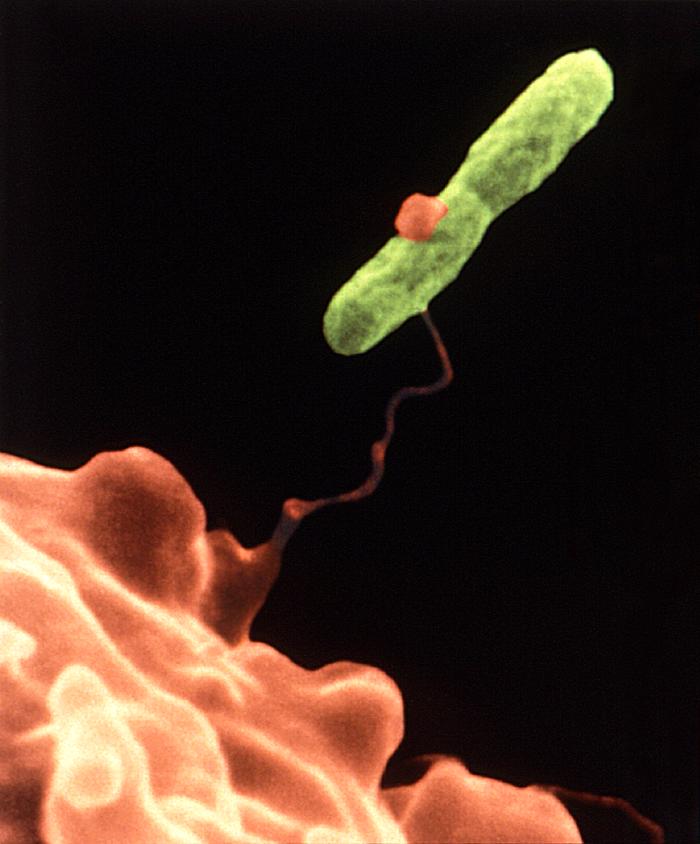The New York City Department of Health and Mental Hygiene issued an alert Wednesday over an uptick in Legionnaires’ Disease cases in Queens. According to health officials, the increase in Legionnaires’ Disease was noted in the Flushing-Clearview section of Queens.

From April to May 2015, 10 cases were diagnosed among Queens residents compared with 4 in May 2014 and 4 in April-May 2013. In the past 5 years, a median of 50 Legionnaires’ Disease cases were reported in Queens each year. Within Queens, 9 of the 10 recent case-patients resided in the Flushing-Clearview neighborhoods; in 2014, 7 of 50 total Queens cases were from these neighborhoods.
The Health Department is investigating to determine whether or not cases are due to a common exposure.
In addition, health officials are reminding practitioners to test for Legionella when evaluating Queens residents who may have community acquired pneumonia.
This follows the December 2014-January 2015 outbreak at Co-Op City in the Bronx.
Legionnaires’ disease gained national notoriety in 1976 when the Centers for Disease Control and Prevention (CDC)discovered it during an epidemic of pneumonia among American legion members at a convention in Philadelphia.
The causative organism is the bacteria, Legionella pneumophila. Other species have also been implicated in Legionnaires’ disease. The legionella bacteria are found throughout nature, because of this most people become exposed to it but few develop symptoms.
The primary place in nature it’s found is water sources particularly at warmer temperatures; lakes, rivers and moist soil.
It is also found in man-made facilities (frequently the source of outbreaks) such as air-conditioning ducts and cooling towers, humidifiers, whirlpools and hospital equipment.
People get exposed through inhaling infectious aerosols from these water sources. There is no transmission from person to person.
The infection can appear in two clinical forms: Legionnaires’ disease and Pontiac fever.
Both conditions are typified by headache, fever, body aches and occasionally abdominal pain and diarrhea.
Legionnaires’ disease is the cause of pneumonia where a non-productive cough is typical. Fatality rates of this form of the infection are around 15 % even with improvements in treatment.
Pontiac fever is a self-limiting flu-like illness that does not progress to pneumonia or death. Diagnosis is usually made by typical symptoms in an outbreak setting.
Diagnosis of Legionnaires’ disease depends on identifying the bacteria in microbiological culture, detecting the antigen in urine samples or a fourfold increase in antibody titer.
Certain health conditions make you more susceptible to infection to include increasing age, smoking, chronic lung disease, malignancy and diabetes mellitus.
Legionnaires’ disease is treatable with antibiotics.
To following things can be done as preventive measures: cooling towers should be drained when not in use and cleaned to remove scale and sediment and biocides can be used to limit bacterial growth. Tap water should not be used in respiratory therapy devices.
Related: New York City: 4th case of neonatal herpes due to ritual Jewish circumcision reported this year


4 thoughts on “New York City health issues Legionella health alert in Queens”